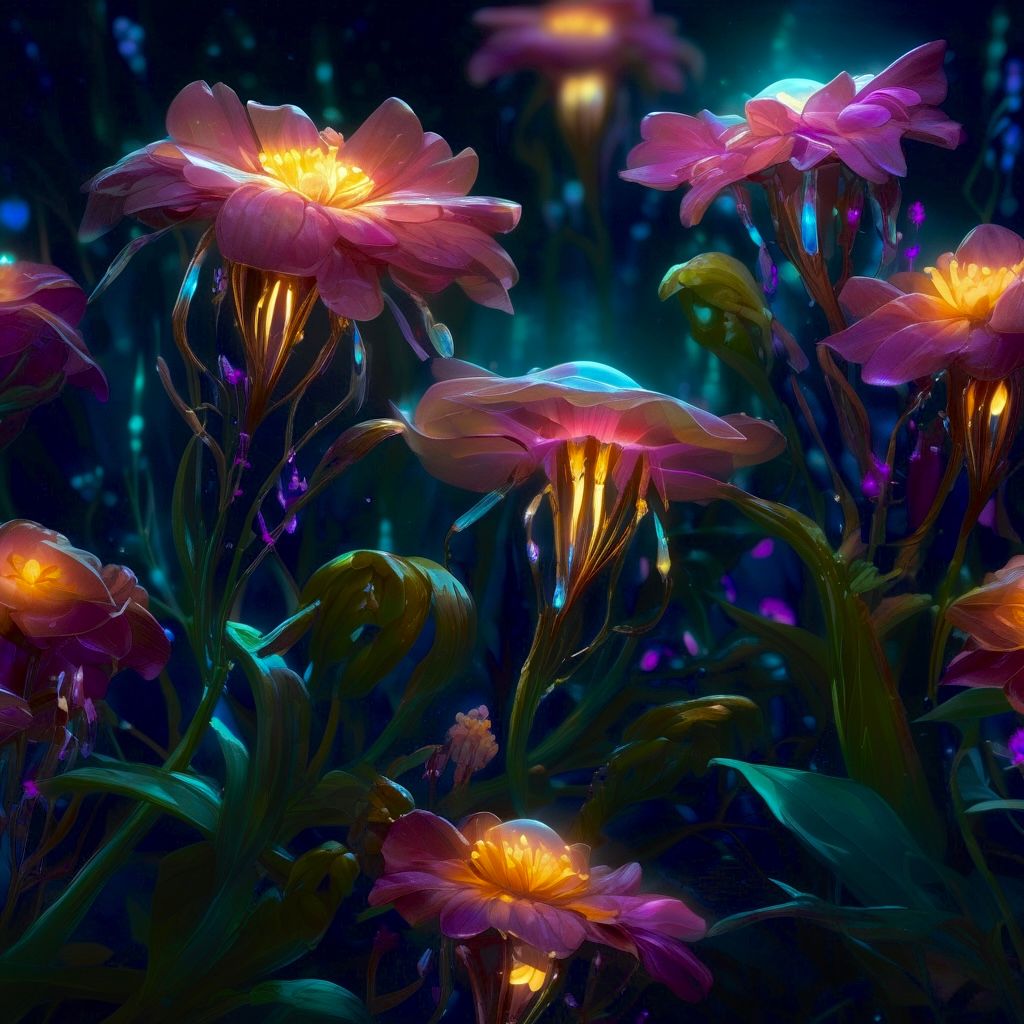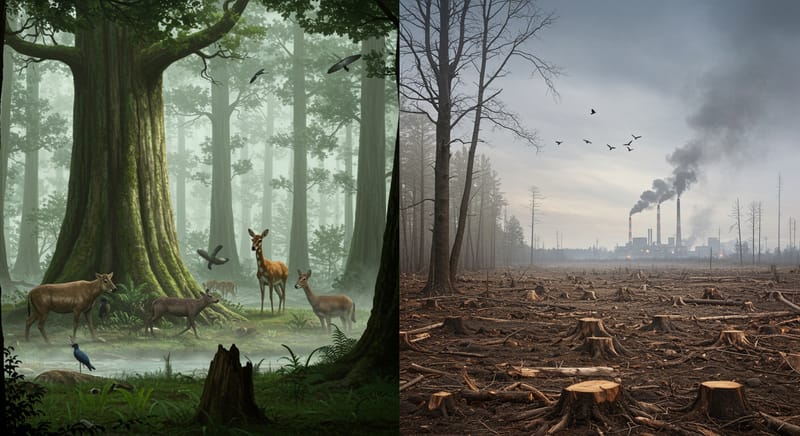Glowing Gardens: Illuminating the Future with Bioluminescent Botany
As dusk falls, imagine stepping into a garden where the flowers emit a soft, ethereal glow, casting a magical radiance that lights up the night. This is not a scene from a fantasy novel but a glimpse into a future where bioluminescent plants illuminate our urban landscapes, turning our gardens

As dusk falls, imagine stepping into a garden where the flowers emit a soft, ethereal glow, casting a magical radiance that lights up the night. This is not a scene from a fantasy novel but a glimpse into a future where bioluminescent plants illuminate our urban landscapes, turning our gardens into enchanting nocturnal wonderlands.
Bioluminescence, the process by which organisms produce light through a chemical reaction, has fascinated scientists for centuries. Traditionally observed in the depths of the ocean in creatures like the anglerfish or in the flickering patterns of fireflies, this natural phenomenon is on the cusp of a botanical revolution. Advances in synthetic biology and gene editing, particularly with tools like CRISPR, have opened the door to integrating bioluminescent properties into terrestrial plants.
Researchers have successfully introduced bioluminescent genes from marine bacteria into the DNA of common plants, creating a soft glow that emanates from their leaves and petals. These bio-engineered plants can potentially replace traditional streetlights, reduce energy consumption, and lower carbon emissions, contributing to sustainable urban planning and eco-friendly design.
The potential applications of bioluminescent plants are not just limited to their mesmerizing aesthetics. They could revolutionize the way we approach agricultural monitoring by indicating the health of plants through the intensity of their glow. Moreover, they can be designed to signal environmental changes, such as the presence of pollutants or shifts in soil quality, serving as living, glowing sensors.
Ethical considerations and practical challenges remain, such as ensuring these modified plants do not disrupt local ecosystems or pose unforeseen risks. However, with careful regulation and continued innovation, the integration of bioluminescent flora into our cities and lifestyles is a bright prospect that could redefine our nocturnal environments.
In the shimmering gardens of the future, nightfall will bring a new kind of daylight, where the boundary between day and night blurs into a luminous landscape. As the research progresses, the possibility of walking through a park aglow with the natural light of bioluminescent roses, daisies, and tulips becomes ever more tangible. The future is bright, and it glows with the promise of living light.




